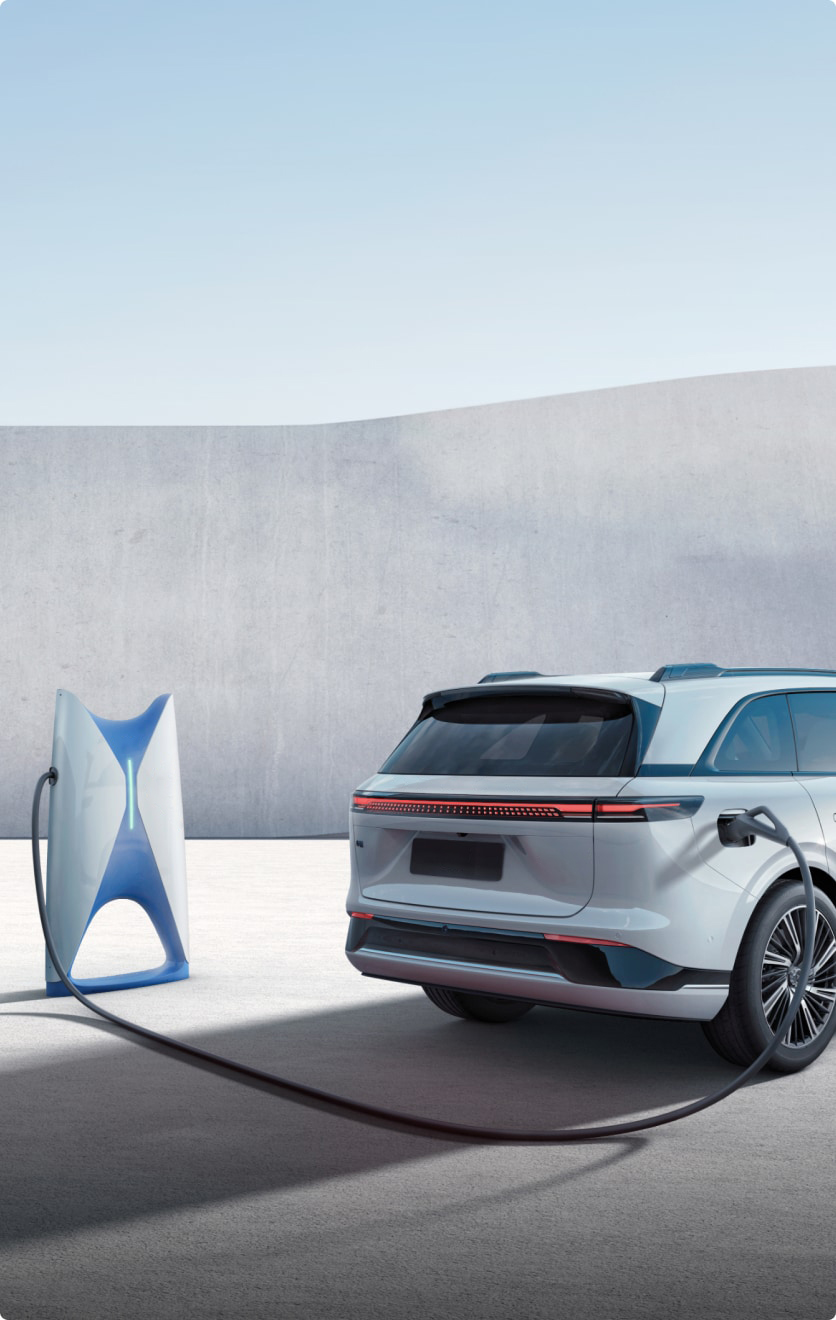The term new energy vehicles (NEVs) is used to designate automobiles that are fully or predominantly powered by electric energy, which include plug-in electric vehicles(EVs) — battery electric vehicles (BEVs) and plug-in hybrid electric vehicles (PHEVs) — and fuel cell electric vehicles (FCEV).
Electric vehicles (EVs) and hybrid electric vehicles (HEVs) have gained significant popularity in recent years, driven by the rising cost of traditional fuels and increasing environmental concerns.
However, along with the numerous advantages that come with new energy vehicles (NEVS) there are also unique challenges that need to be addressed. One of the key challenges is ensuring the safety of the vehicles, particularly when it comes to the risk of fire.
New-energy vehicles((NEV) use advanced lithium-ion batteries, which require effective fire prevention measures because of the materials used and their energy density. The consequences of a fire in a new energy vehicle can be severe, often leading to vehicle damage, injury, and death.
Flame retardants are now a promising solution for enhancing the flame resistance of new energy vehicles. Flame retardants are chemicals that improve the fire performance of materials by reducing their flammability or slowing the spread of flame. They work by interfering with the combustion process, releasing flame-inhibiting substances or forming a protective charcoal layer. Common types of flame retardants include phosphorus-based, nitrogen-based and halogen-based compounds.
Flame retardants in new energy vehicles:
Battery pack encapsulation: Flame retardants can be added to the battery pack encapsulation material to improve the flame retardancy of the battery pack.
Insulation materials: Flame retardants can enhance the fire resistance of insulation materials for new energy vehicles and reduce the risk of fire spread.
Wires and connectors: The use of flame retardants in wires and connectors can limit the spread of fire caused by short circuits or electrical faults.
Interiors and seats: Flame retardants can be used in vehicle interiors, including upholstery and seat materials, to provide flame retardancy.
However, in practice, many plastics and rubber parts containing flame-retardant components are unable to perform their flame-retardant properties well in a fire due to uneven dispersion of flame-retardant in the material, thus resulting in a larger fire and serious damage.
SILIKE SILIMER Hyperdispersants——Contributing to the Development of Flame Retardant Materials for New Energy Vehicles
In order to promote the uniform dispersion of flame retardants or flame retardant masterbatch in the product molding process, reduce the occurrence of uneven dispersion caused by the flame retardant effect can not be efficiently exerted, etc., and improve the quality of flame retardant products, SILIKE has developed a modified silicone additive SILIMER hyperdispersant.
SILIMER is a kind of tri-block copolymerized modified siloxane composed of polysiloxanes, polar groups and long carbon chain groups. The polysiloxane chain segments can play a certain isolation role between the flame retardant molecules under mechanical shear, preventing the secondary agglomeration of the flame retardant molecules; the polar group chain segments have some bonding with the flame retardant, playing the role of coupling; the long carbon chain segments have a very good compatibility with the base material.
Typical performance:
- Good machining lubrication
- Improve processing efficiency
- Improve compatibility between powder and substrate
- No precipitation, improve surface smoothness
- Improved dispersion of flame retardant powder
SILIKE SILIMER Hyperdispersants are suitable for common thermoplastic resins, TPE, TPU and other thermoplastic elastomers, in addition to flame retardants, flame retardant masterbatch, also suitable for masterbatch or high concentration pre-dispersed materials.
We look forward to working with you to help develop flame retardant materials for new energy vehicles and promote the sustainable development of the new energy vehicle industry. At the same time, we also look forward to exploring more application areas with you!
Post time: Nov-17-2023






